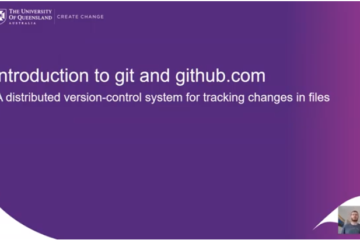Combining conda and google colab
Sometimes it’s necessary to downgrade packages in google colab to restore compatibility with an older version (e.g. pytorch). One way of doing this is using conda within colab and a few tricks make this work. Here is the colab notebook: https://colab.research.google.com/drive/1W5UnflB8m1zo6lP1y11V78QczMRBI0FE?usp=sharing Here a quick code gist:







